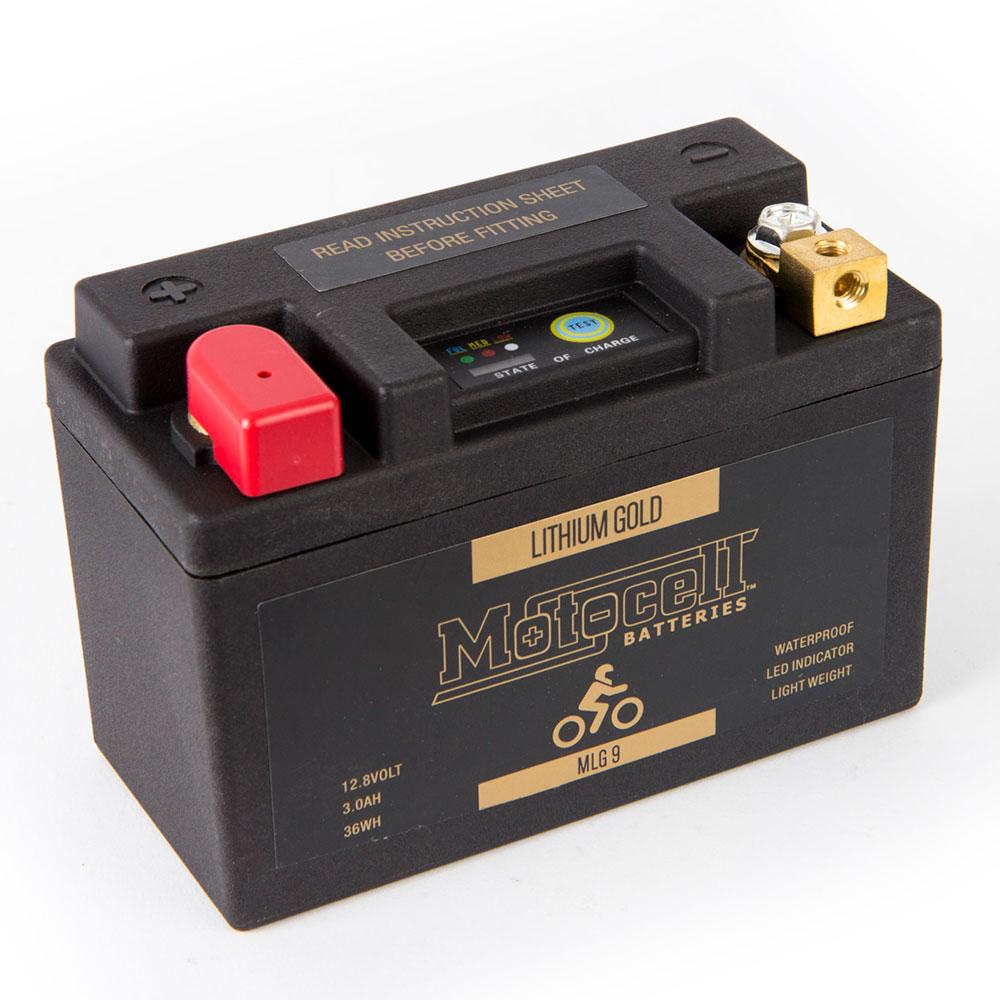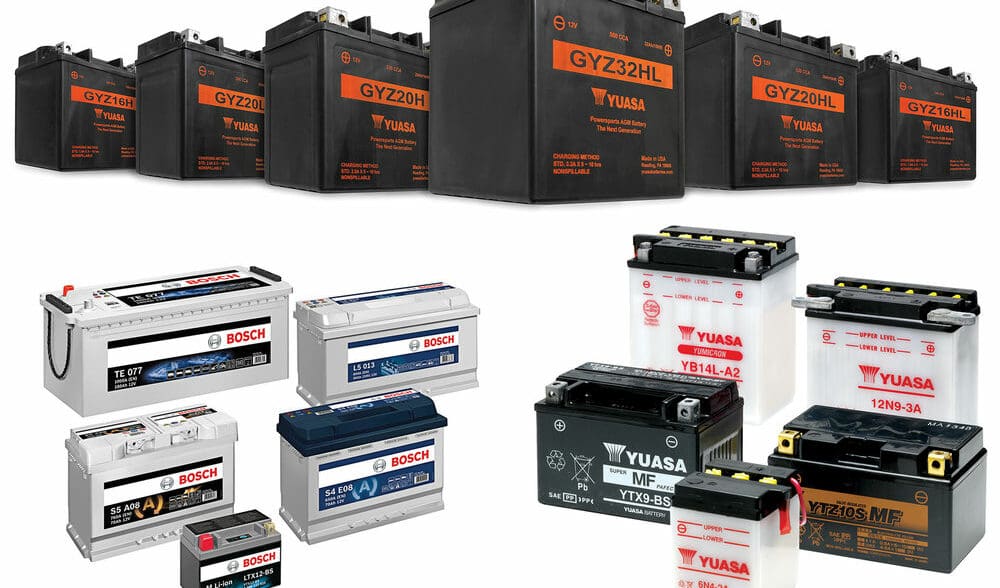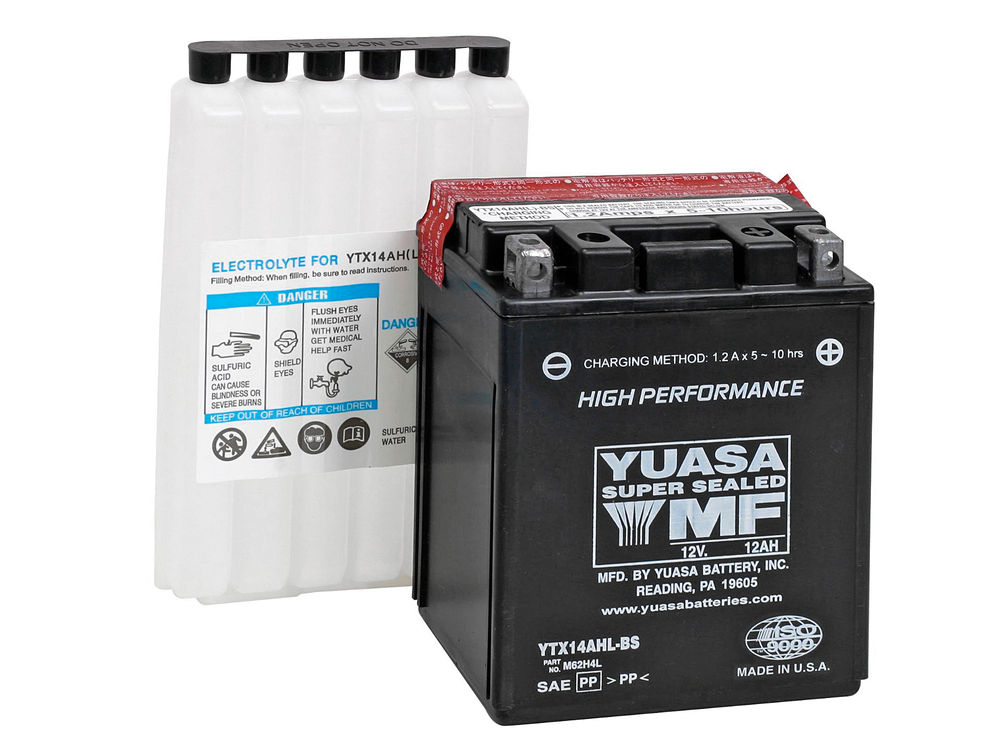Numerous factors such as temperature, engine vibration and electrical loads can cause your bike battery to die.
While these things contribute to eventual failure, RACQ Principal Technical Researcher John Ewing says a major factor in ensuring they achieve their maximum life and reliability is how they are maintained.
He says it is important they are appropriately charged through the vehicle charging system and by an appropriate external charger if needed.
There are many external trickle charges on the market. Sorting out which is the best is a tough choice: BestForDriver.com.
Visit: https://bestjumpstarterreview.com/ to learn more about the best jump starters.
Nothing is designed to last forever and everything has a reasonable amount of usage time. Most batteries have an expected lifespan of two years, but you can increase that considerably if you maintain it properly.
John says average lifespan is likely to be around two to three years, if it’s well maintained, although some batteries manage quite a bit more.
Please read all the tips, especially the safety advice at the end of the article.
Bike battery types
There are different bike battery types and most modern batteries are sealed for life and maintenance-free.
“Like automotive batteries, motorcycle batteries come in two main types, the widely used sealed maintenance-free type, and the now less common, older, messier, and less efficient lead acid ‘wet’ cell,” he says.
“These are actually a flooded cell design that uses a liquid electrolyte (a mix of sulphuric acid and distilled water to give the correct concentration), whereas the sealed MF batteries typically use absorbed glass mat technology that holds the electrolyte within the mat, a bit like a sponge. “Maintenance-free batteries, due to their slightly different chemistry, design and construction don’t lose water during charging like ‘wet’ cells do through their external vents. Hence the electrolyte level doesn’t drop and need top up.

Battery myth
Batteries don’t store electricity as some people think, John says.
They contain plate materials and an electrolyte that together produce a chemical reaction that produces electrical energy. The reaction causes the bike battery to ‘discharge’ and chemical changes to the plate material and electrolyte. Lead sulphate forms on the plates.
“Charging the battery reverses these changes,” John says. “This is important because batteries that don’t have their fluid levels maintained or that aren’t maintained in a proper state of charge can lose electrical capacity/efficiency and eventually can fail though sulphation.
“The charging current can no longer effectively reverse the changes that normally occur to the plate material during discharge. The change to lead sulphate has become virtually permanent. Leaving batteries in a partially discharged state can drastically shorten its life.”
He says it’s also important to regularly use a smart charger.
Check the electrolyte levels
Lead acid batteries require the electrolyte to be maintained at the correct level to ensure they function correctly and deliver maximum life.
John advises riders do a monthly check and top up when required with demineralised water if needed.
“Don’t overfill as this can lead to damaging acid spills,” he says. “Top up to the levels marked on the case, if the battery is so equipped. Otherwise just above the top of the plates visible inside each cell should be about right.”
He advises riders check their owner’s manual or with the bike battery manufacturer if unsure.
“Under normal circumstances there should never be a need to add acid,” he says.
“It consists of distilled water and sulphuric acid, but it often evaporates due to a variety of chemical reactions.”
Move your bike under cover
Extremely high temperatures can reduce the life of a battery considerably, so move your bike under cover.
In fact, it’s more damaging than leaving your bike outside in freezing temperatures.
John says most batteries can live to as low as minus 18 degrees.
However, at this temperature, a bike battery might deliver a constant current for no more than 30 seconds. The older it is, the less powerful it will be.
At very low temperatures engines can be harder to crank, making the battery ‘work’ harder. It also reduces the battery’s ability to supply the sustained high current required for cranking.
Charging memory
Lead-acid batteries have a “charging memory” and they might refuse to accept a charge less than the highest one it has experienced, John says.
“The best advice is to use a smart charger to ensure the battery is always maintained in a fully charged state.
“This gets around the issue of the battery being in partially discharged state through the bike charging system not keeping up with the amount of current taken out for starting and during short trips, and the self-discharge and any keep-alive memory losses.”
Cells with such memories are considered faulty, as they can never be charged at their maximum. There are almost no ways to repair them. Sulphation eventually kills batteries and there is no way of restoring them.
John says old-style trickle chargers aren’t suitable for modern batteries (such as MF lead calcium) and also run the risk of actually causing plate material shedding when used regularly on lead acid wet cells, shortening their life.
Clean the battery regularly
Batteries, even when they aren’t being used have a natural tendency over time to self-discharge, a tendency that increases at higher temperatures, John says.
Eventually they will go ‘flat’. A build-up of dust and dirt on the battery top in conjunction with humidity can also help drain the battery, so regularly clean/wipe any dust and dirt off, he suggests.
John says there is no need to regularly clean with a mixture of water and baking soda or distilled water, if your bike battery is kept clean.
If you do, he says to be careful about spilling water.
Clean the terminals
Acid and copper sulphate accumulations on battery terminals can seriously harm them. Most often, the contact area is reduced, which would not charge the battery fully and it might not supply enough current.
If this happens, terminals will most probably overheat, which would lead to even more damage to your bike. Poor contact leads to high electrical resistances, and the batteries are not designed to withstand them.
John says a build-up of corrosion around battery terminals can lead to high electrical resistance leading to hard or no starts, and making proper charging from the bike charging system difficult.
He suggests cleaning with baking soda and water.
“However, you might want to remove the terminals from the posts and use a stiff wire brush to clean the area thoroughly,” he says.
“Rinse off with clean water afterwards. Once the terminals are reconnected a smear of Vaseline will help keep corrosion at bay.”
John warns that some modern computerised bikes may experience some computer memory loss when terminals are removed.
“Consult your owner’s handbook before terminal removal for correct procedures or entrust the work to a reliable bike mechanic or auto electrician.”
Motorcycles often have high density padding fitted around the battery to help reduce vibration. Make sure this hasn’t been removed, John warns.
Important safety advice
Avoid contact with battery acid as it’s highly corrosive, John says.
Don’t get it on your skin, clothing, in your eyes or on paintwork, metal surfaces etc.
Eye protection and suitable gloves are recommended when handling batteries.
Don’t short battery terminals (terminal to terminal or positive to the bike’s metal components or frame) with metal objects including jewellery, rings, watch bands, or tools when working (eg loosening/tightening terminals).
Flush any acid spills off immediately with plenty of fresh water. Batteries give off explosive hydrogen, so avoid naked flames, sparks, cigarettes, etc anywhere near them.



